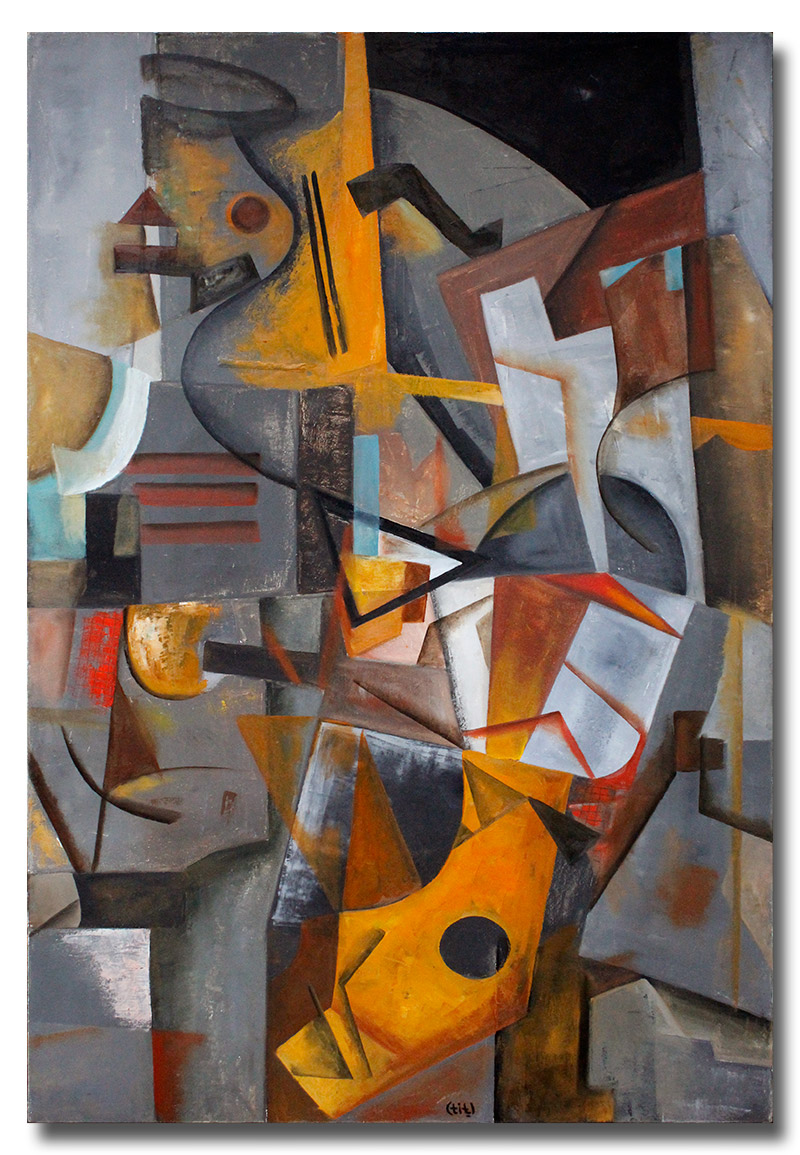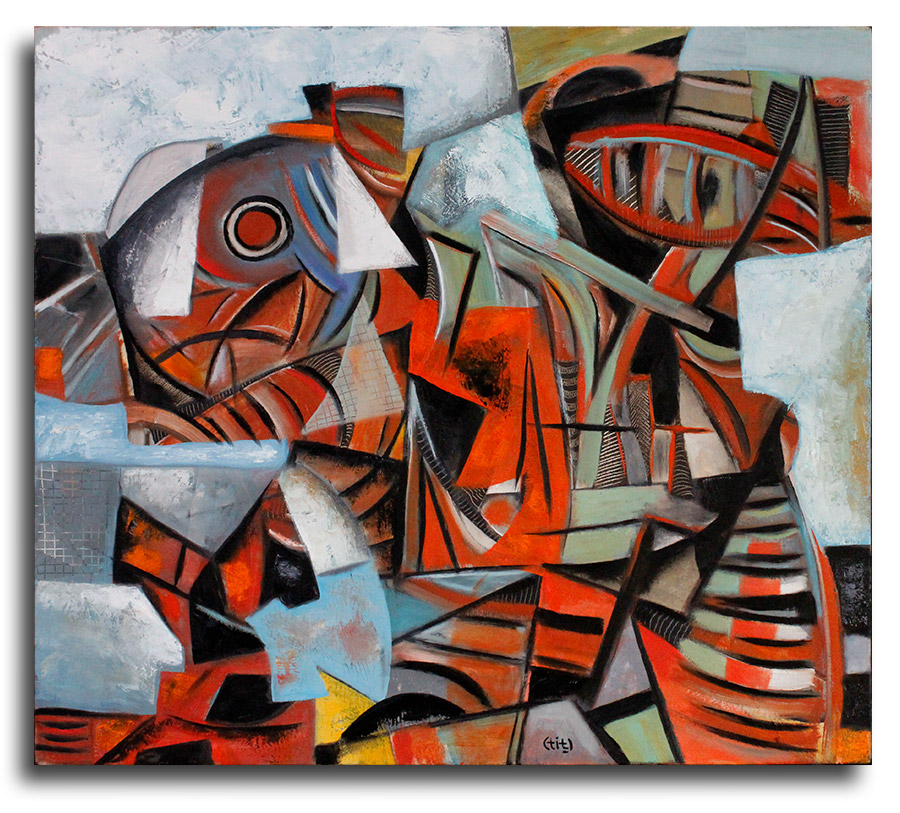What Are The 6 Elements Of Abstract Art?
Elements of abstract art
Abstract art, which is also known as nonrepresentational art or nonobjective art is a specific art style where real, visible things from our world play no part. But let's make one thing crystal clear - every single art consists mainly of elements that can be named abstract, and those are elements of form, line, colour, texture, and tone.
WHAT ARE THE 6 ELEMENTS OF ABSTRACT ART?
Before giving a straightforward answer to this question, we must say that every art piece has its own, personal vocabulary, that is, visual vocabulary that gives it interest and structure. This art personal vocabulary consist of six basic elements:
- Line
- Texture
- Shape
- Form
- Colour
- Value
However, if not all, then some of these elements you can find in whether it comes to the realist, abstract, or non-objective art. Each of these basic art elements is important for successful artwork. Now let's briefly dive into each of these elements.
1. Line
The line character can vary. It can be lyrical, aggressive, subtle, or even rhythmic. One art piece can include all or several types of lines and transition from one type to another. One of the most important factors of the line is its quality and how the artist uses them in their art.
2. Texture
To put it simply, there are two forms of texture techniques. The first one that includes random texture if you want to truly enjoy the art-making process without thinking of end results and the other one that includes texture in a more controlled way. When you account the texture element, you will perhaps find new lovely ways to make this element work for you and energize your art piece.
3. Shape
There are different ways you can use and find shape within a composition. People are tempted to see these shapes as a positive form. But when it comes to abstract art on canvas, the last thing you have to worry about is what shape is or what it looks like. The only important thing is what qualities it has to offer and contribute to the art.
4. Form
The form is a crucial part of any art. It means an object that has three dimensions. You can think of form as a 3-D shape. Abstract art does not try to represent an accurate visual reality depiction but instead use forms, shapes, and colours to achieve its effect.
5. Colour
Abstract wall art is usually based on primary colours (red, blue, and yellow) that fills several shapes in one single painting. While filling every shape might make the painting look overwhelming and busy, there is nothing wrong with that. However, because of this reason, some painters choose to add only a few shapes to paint in. This way, shapes will stand out more.
6. Value
One interesting fact is that abstract painting, especially when it comes to contemporary abstract expressionism paintings, has always been a focal point of art criticism. But the truth is that there are plenty of outstanding abstract paintings out there that are truly remarkable. So here we come to the main question, how to make good, admirable abstract art? Abstract painting is a thing. And as such, it takes nothing less or more than any other style of drawing or painting. Therefore, the crucial key to abstract painting is the juicy artistic process of creating.
Abstract art origins
Abstract art roots origin back in the 19th century. Since the beginning of the 20th century, abstract art has become in charge of forming a central stream of modern art.
The term abstract means to separate something or withdraw it from something else. Abstract art is usually seen as something that carries a moral dimension.
Different theoretical ideas behind abstract art
While some of the theorists describe the abstract art as art for art's sake, others think of art like music, where the paintings should be created by pure, unchanged patterns of line, colour, and form.
The Greek philosopher Plato idea is also used to back up the abstract art idea where the beauty lies not in the forms of the real world but in geometry.
After all, abstract art is one of its kind in putting together shapes, colours, textures, lines and patterns and decipher it into a different set of meaning.



